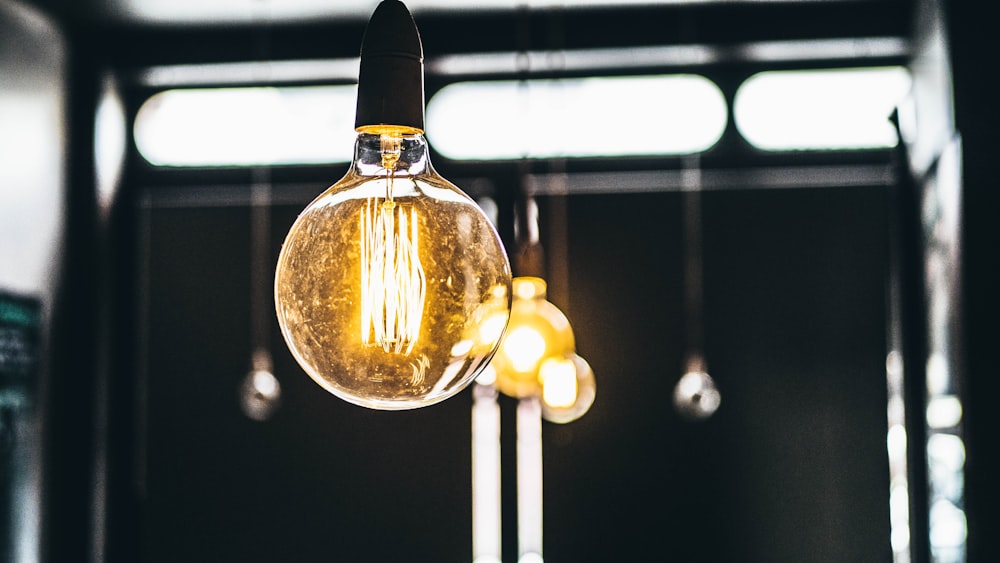Hydrogen-Electric Flights: What Does This Mean for the Future of Air Travel?

Have you ever had a power cut for over eight hours? Every other day? Doing most of my schooling in India, I was always amused with how the power would go out so frequently and so variably as well, I mean, you’re working on an assignment on your PC and then out of nowhere boom! It’s all pitch black and the work you’ve done is completely wiped out.
I never understood why we couldn’t have steady 24×7 power like other countries. I knew fossil fuels were dying so renewable was obviously the next option, but why wasn’t it ever encouraged strongly? Why is it that we were still so dependent on coal-based power? I could see all this potential for renewable power in my city, and I realized that trying to understand how to harness all this potential, not just for my city but for the entire country, and eventually for the entire world, is what I wanted to do in the future, so that not everyone had to struggle with candlelights and lamps while studying or just trying to do their day-to-day chores.

And so I became a chemical engineering major. How does this relate to renewable energy? Well, I want to go into the chemistry behind this power and how I can engineer different mechanisms to make it more efficient and easier for everyone to access. At the same time, I also wanted people to understand that renewable power isn’t just some far-off expensive technology anymore and that it can be used in every aspect of your daily life as well, including the way you fly!
That’s right, there are a set of renewable-dependent planes that utilize “hydrogen-electricity,” a form of renewable power that is generated by converting kinetic energy to electrical energy through the simple movement of water.
So, what are these hydrogen-electric planes?
In September 2020, the airline company ZeroAvia announced its new set of hydrogen-electricity powered airplanes, the first and only one of its kind. ZeroAvia has had a history of working on projects to reduce emissions and costs associated with travel, and this set of planes is one of their newest additions. Unlike the conventional ones, these planes are completely dependent on a zero-emission hydrogen-electricity system for their power, making them an environmentally-friendly alternative in the otherwise carbon-heavy aviation industry.

Through all my research and knowledge about renewable energy, I’ve never come across such an interesting and new technology that could really revolutionize the way we do something, in this case, air travel. I’m so used to reading scholarly articles about advancements in this field in terms of the science itself, but being able to apply it in such a grand scale is truly remarkable and completely different from anything I’ve done before.
How do these planes work?
Well, it’s honestly quite simple, but that just might be the STEM geek in me speaking. A combination of renewable power, like wind farms and solar cells, are used together to first power up a hydrogen electrolyzer. Water is sent into this electrolyzer (as it contains hydrogen) and then becomes electrified, after which it is used as normal power that is supplied to the plane. The process is quite cost-intensive but is a much more environmentally friendly method.
That is one of the ways that hydrogen-electricity is used. However, the issue with this type of renewable power is that its efficiency is quite low, especially as a nearby constant source of water is required for it to function. So, the company uses this method and another “hydro cell” method as well. The plane will have a large fuel cell, like a battery, placed in the rear of it. Water is pumped into a tank that surrounds that cell and is used to charge it, like with the electrolyzer, and another source of power is found here as well.
Is hydrogen-electricity better for the environment?
Well, yes! And that’s because there’s no CO2in the process at all. If you aren’t aware already, traditional power plants burn coal and other fossil fuels to produce steam that spins a turbine connected to a generator, producing electricity.

Now, on the surface, renewable sources may seem to be the optimum choice for reducing these CO2 emissions, especially when it comes to airplanes. However, when you look much deeper into it, there’s still a lot of other factors that need to be considered, which is why it may not be the easiest way of air travel for now.
Why can’t hydrogen-electricity be used for all commercial air travel?
The research ZeroAvia has done and what they’re trying to target are small planes only! They wish to target the market of planes with 10-20 seats that can fly around 500 miles. This type of energy works great for such low levels of production, but it isn’t as easy when production scales up, mostly because renewable sources are not that efficient yet. If you look at this small-sized airplane itself, they still needed two mechanisms to generate electricity with hydrogen. Imagine trying to do that for a plane traveling internationally with over 8,000 miles!
Despite this, ZeroAvia’s airplanes are still a great way to reduce the amount of CO2 in the atmosphere, and you can help contribute to it on an individual level as well! Carpooling, using CO2-free transportation like bicycles and even reusing items are a few of the many ways you can control your own contribution to the CO2 levels in the atmosphere. Here are 35 other steps you can take as well!
What does this mean for the future of air travel and transportation?
Despite the limitations, there’s still a lot of scope for this type of power, and the science behind it could still be applied commercially. It may not be anytime soon, but there is a very good chance that air travel can be completely dependent on renewable power sometime in the future. Although the hydrogen-electricity mechanism works for smaller-sized planes right now, if scaled up properly, it could work for larger commercial flights as well! And if not hydrogen-electricity, other forms of renewable power can still be experimented with as well. Solar, wind, geothermal—the possibilities are endless! So if you’re interested, you can hopefully fly with renewable-powered planes one day!

As for transportation in general, other forms of transit can use the same mechanism ZeroAvia used. In fact, the UK is already testing out a hydrogen-powered train as well! Renewable power has a lot of potential, and whether its airplanes or transportation in general, all forms of transit can possibly be completely dependent on this form of power in the future, it’ll just take some time to work all the kinks out.


Leave a Reply